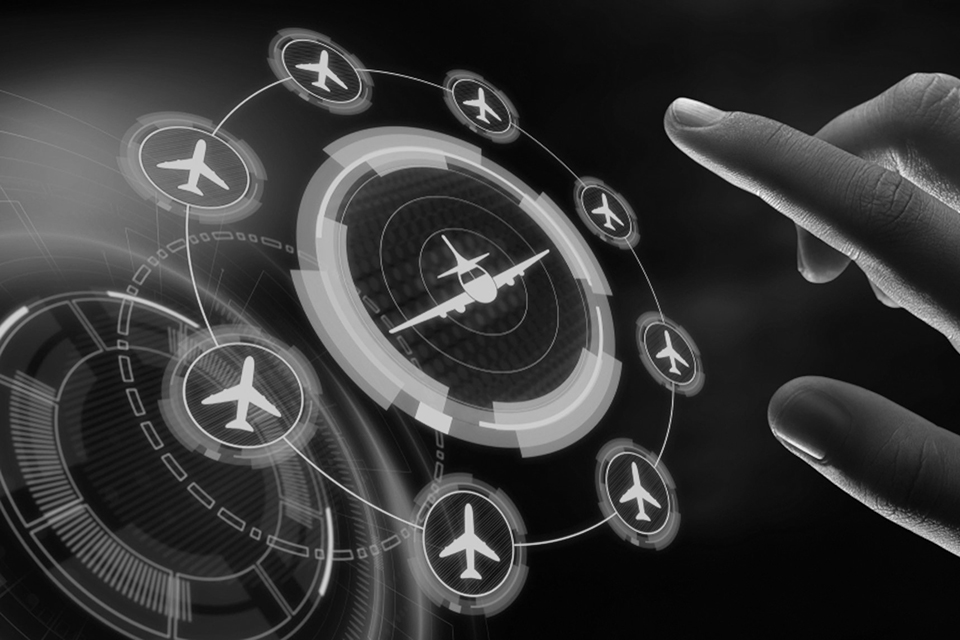
Navigating the Clouds: Essential Tech Innovations in General Aviation
The realm of general and business aviation is in the midst of a technological renaissance, bringing groundbreaking changes in navigation, safety, and the overall flight experience for both pilots and passengers. Let's explore some of these state-of-the-art advancements that are reshaping the skies.
Advanced Navigation Systems: Precision and Reliability
In the world of general aviation, navigation has taken a quantum leap forward. Today's aircraft are equipped with sophisticated GPS and satellite-based tools, offering unparalleled precision. Pilots can now chart exact flight paths and adjust in real-time, ensuring reliability even in challenging conditions.
Digital displays, such as glass cockpits, have replaced traditional analog gauges, providing pilots with a comprehensive overview of aircraft performance, weather, and air traffic. This integration of information enhances safety and efficiency, streamlining the pilot's monitoring and control tasks.
Revolutionizing Safety: Auto Land Autopilot Systems
Safety is paramount in aviation, and technological innovations have contributed significantly to making flying safer than ever. One such innovation is the Enhanced Vision System (EVS), which uses infrared cameras to give pilots a clear view of the runway and terrain, even in poor visibility conditions.
Another breakthrough is the development of the Automatic Dependent Surveillance-Broadcast (ADS-B) system. ADS-B enhances air traffic control by providing more accurate tracking of aircraft. This system is crucial for collision avoidance, as it gives pilots and air traffic controllers real-time information on nearby aircraft.
Emergency systems have also seen remarkable improvements. Technologies like the Aircraft Parachute System, which can safely bring down an entire aircraft in an emergency, are becoming more common in light aircraft such as the Cirrus Aircraft (https://cirrusaircraft.com/). This has dramatically increased survivability in the rare event of an in-flight emergency.
A significant leap in aviation safety is the development of the Garmin Autoland autopilot system (https://discover.garmin.com/en-US/autonomi/). This cutting-edge technology is designed to take control of the aircraft in emergency situations, guiding it to a safe landing. In scenarios where the pilot is incapacitated or unable to land, the autoland system can autonomously navigate to the nearest suitable airport and execute a perfect landing, drastically enhancing passenger safety.
This innovation is a game-changer, particularly in private and small aircraft such as the Piper M600 SLS, Daher TBM 900 series, Cirrus Vision Jet, Beechcraft King Air 200 (https://www.ainonline.com/aviation-news/business-aviation/2024-01-18/blackhawk-delivers-autoland-equipped-king-air-200), and coming to more soon, offering a new layer of safety that was once only imaginable in science fiction. It represents the pinnacle of automation in aviation safety, combining advanced sensors, navigation technology, and artificial intelligence.
Efficiency and Environmental Impact
In an era where environmental concerns are paramount, general aviation is focusing on efficiency and reducing its ecological footprint. Innovations in engine technology have led to more fuel-efficient aircraft, minimizing emissions.
Lighter, more aerodynamic aircraft designs, courtesy of advancements in materials science, contribute to reduced fuel consumption and enhanced performance, aligning with the industry's environmental goals.
Enhancing Flight Experiences
Technological strides in general aviation are not only improving safety and efficiency but are also significantly enhancing the in-flight experience. This includes advancements in connectivity that have revolutionized how passengers and pilots interact with the world below.
High-speed internet systems, such as KA-band, have transformed the skies into a connected workspace. This technology allows for high-speed broadband connectivity onboard, enabling passengers to browse the internet, stream videos, conduct video conferences, and stay connected with social media, all at cruising altitude. For business travelers, this means the ability to work seamlessly in the air, as they would in their office on the ground.
Pilots also benefit from this connectivity, gaining access to real-time weather updates, flight path adjustments, and critical communication with ground control, all contributing to enhanced situational awareness and flight safety.
Noise reduction technologies, advanced climate control systems, and ergonomic designs further contribute to making the journey more comfortable for passengers. Meanwhile, pilots enjoy the benefits of advanced autopilot systems and flight management technologies. These innovations streamline the flying process, reducing pilot workload and allowing them to focus more on strategic decision-making and overall flight oversight.
The Role of Simulators in Pilot Training
Flight simulators have become an integral part of pilot training, offering a safe and cost-effective way to practice and hone flying skills. Today's simulators are highly sophisticated, replicating the exact feel of various aircraft and simulating a wide range of flight conditions and scenarios. This technology has not only improved the quality of pilot training but has also made it more accessible.
The Future of General Aviation Tech
The horizon of general aviation technology holds exciting possibilities. With developments like AI-assisted piloting and autonomous aircraft, the future of flying is poised for a transformation that could make general aviation more accessible and versatile than ever before. It is exciting!

